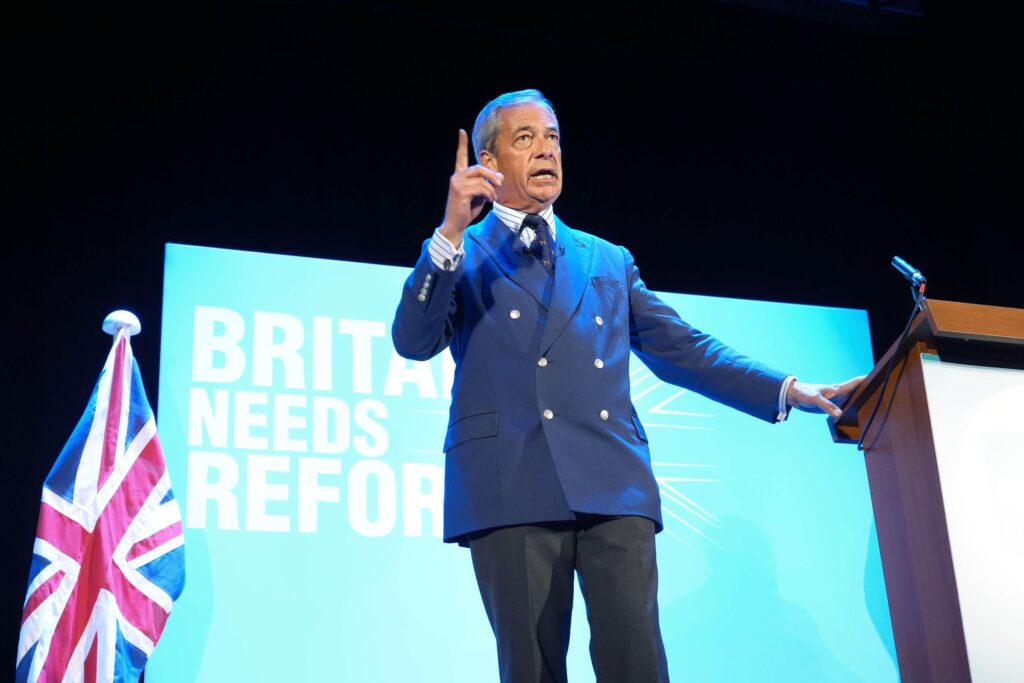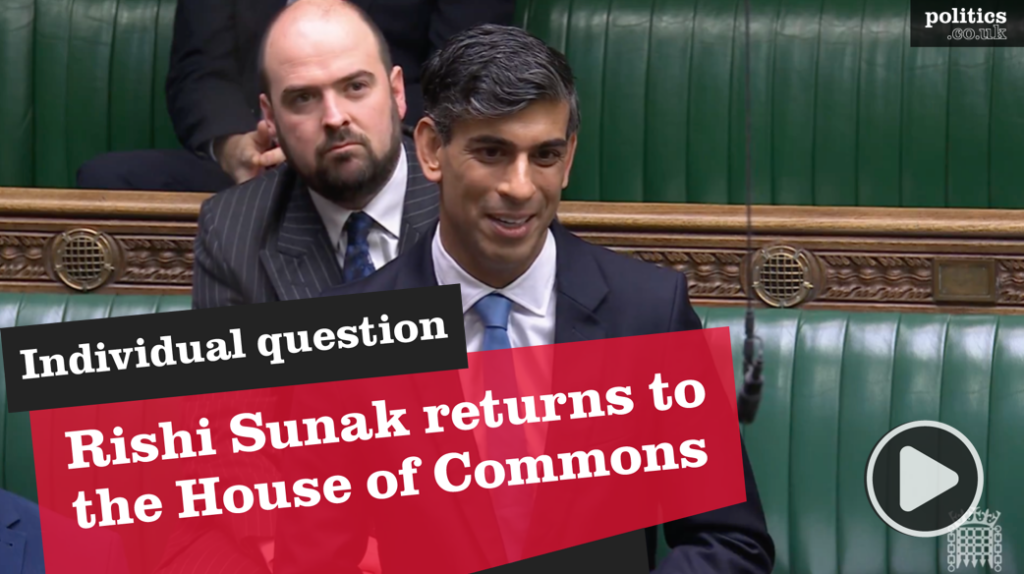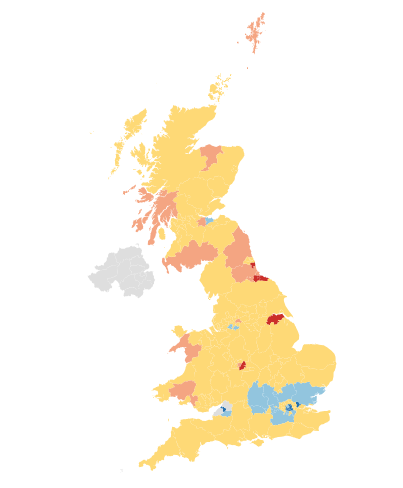Higher benefits uprating will deliver four times more support to low-to-middle-income households than scrapping the rise in National Insurance contributions
Uprating benefits by a further five percentage points so that they keep pace with inflation over the coming year would be the most effective way to support families hardest hit by Britain’s cost of living crisis, delivering four times more support to the bottom half of the income distribution per pound spent than scrapping the rise in National Insurance contributions, according to new Resolution Foundation analysis published today (Monday).
Softening the blow compares the three main options open to the Chancellor to support households through the current cost of living crisis which, according to Resolution Foundation research, could see typical real household incomes fall by 4 per cent (or £1,000) over the course of the coming financial year (2022-23). Such a squeeze would represent the biggest income fall since the 1970s, and means the Chancellor will need to provide extra support in his upcoming Spring Statement.
The analysis compares the impact on households across the income distribution of three policies, all of which cost around £9 billion, including:
- raising all working age and pensioner benefits by a further five percentage points in 2022-23 (by 8.1 per cent, rather than 3.1 per cent as currently planned);
- offsetting the coming National Insurance Contributions (NICs) rise for lower earners by raising the threshold at which they start being paid to £12,500; and,
- cancelling the 1.25 percentage point increase in NICs this April.
While the policy options cost the same, their impacts are focused on very different groups, principally benefitting the bottom, middle and top respectively.
The analysis shows that raising benefits delivers the biggest cash gains of the three policy options across the bottom half of the income distribution – with three quarters of the additional support going there.
The Foundation says that it is essential to prioritise support for low- and middle-income households who will be hardest hit by a key driver of the coming inflation spike – a 50 per cent rise in the energy price cap.
The poorest tenth of households currently spend around three times as much of their total budgets on energy bills as the richest tenth of households, while the coming price cap rise is set to double the number of families in fuel stress – spending at least 10 per cent of their total family budget on energy bills – to five million families this spring.
Cancelling the NICs rise – as many backbench Conservative MPs and the Labour Party are proposing – would see half the gains go to the richest fifth of households. Only £1 in every £6 would go to the bottom half of the distribution, who would on average only gain just £150, compared to £530 from the increase in benefits.
Raising the NICs threshold would deliver the biggest cash gains to households in the middle part of the income distribution – but still see twice as much support go to the top as the bottom half of the income distribution, who would gain £250 on average.
Raising the NICs threshold would therefore be a far more progressive tax cut than cancelling the NICs rise, says the Foundation, but should be considered a supplement to higher benefits uprating rather than an alternative.
The analysis adds that increasing the uprating of benefits and the NICs threshold would provide some badly needed respite for families in the year ahead, and could be done without permanent fiscal costs if the Chancellor returned them to their longer-term trajectories in future years.
Adam Corlett, Principal Economist at the Resolution Foundation, said:
“Rapidly rising inflation is on course to bring about the biggest income squeeze families across the UK have faced since the 1970s. The Chancellor will have to act in his Spring Statement to soften the blow.
“While fuel duty cuts to relieve pressure at the petrol pump will inevitably be part of the package announced this week, the main income support will need to come from either the tax or benefits system.
“Low-to-middle income households will be hardest hit by the cost of living squeeze, especially when the energy price cap rises, and should therefore by the priority for support. Raising benefits by a further five percentage points would deliver four times as much for these families as cancelling the National Insurance rise, and should be the Chancellor’s top policy priority.
“But if Rishi Sunak is keen to demonstrate his tax-cutting credentials alongside raising benefits, then raising the National Insurance threshold too would be the best route as it is well targeted at middle income households.”











